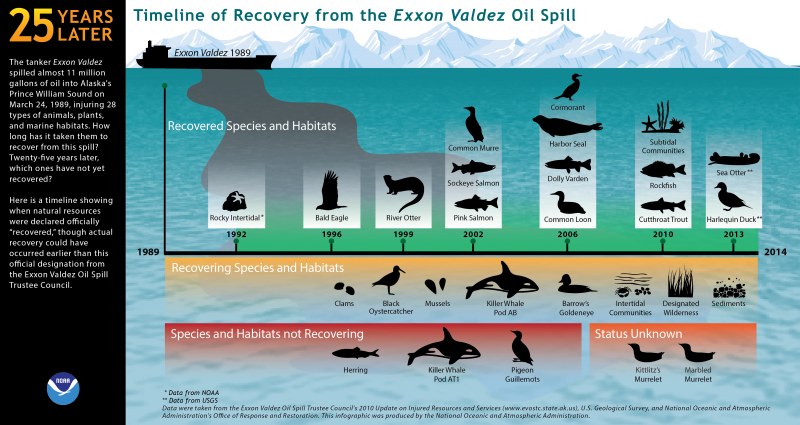
Washington State Mud Slide
Last month, the town of Oso, Washington (located approximately 60 miles north of Seattle) experienced a mudslide up to 177 feet in height and covering approximately one square mile. Officials estimate the death toll at 24, with 18 officially identified. This has been a difficult task because recovery crews struggled with the conditions on the ground after the slide occurred. There are still more than 200 rescue professionals on the scene, but rain and dangerous debris like shards of glass, sewage and propane from septic tanks have made the conditions worse. The U.S. Army has set up decontamination stations for those involved in the relief effort.
A mudslide is an avalanche that occurs in mountainous regions made up of rock and sandy soil. They can be triggered by an earthquake, but are more commonly caused by either a heavy rainfall or sudden thaw. Large amount of water liquefy the soil, saturating the ground, and making it unstable. The unstable earth begins to flow down, up to 60 mph and can wipe out whole towns. Hillsides previously effected by fire are especially vulnerable because the roots of trees and other plant life have died, leaving little to anchor barriers in place to halt the downward movement. The force of gravity then becomes stronger than friction. Much of the damage is caused by a “surge front,” made up of large boulders, gaining speed and creating a mixture that resembles wet concrete. The slide usually stops when the geography levels out. The soil mixture then hardens, which makes clean up difficult.
Dig Deeper See if you can find if any areas at risk of mudslides have come up with any measures to prevent future mudslides. List any significant challenges.
Oil Spills: Today and Yesterday
BP, the oil company responsible for the largest oil spill on record, is in trouble again because of a new spill in Lake Michigan. BP’s largest oil refinery in the U.S. experienced a malfunction that leaked oil into the cooling system. This oil was then discharged into the lake. Officials say that 2,700 feet of shore line has been affected. Two U.S. senators have released statements expressing their concerns over BP’s ability to prevent more spills from happening.

This event happened chose to another famous oil spill. March 24, 2014 marked the 25th anniversary of the Exxon Valdez disaster. A large tanker owned by the Exxon oil company was traveling in the Gulf of Alaska when it ran into a reef. It spilled 41.5 million liters of crude oil into the ocean making it the largest spill in history, until the BP Deep Water Horizon accident of 2010. Hundreds of thousands of wildlife, including whales, bald eagles, birds, otters and seals were killed. Twenty five years later, the area still suffers residual effects from the disaster. Exxon has spent over $4 billion in fines, lawsuit settlements and clean up efforts. The incident also led to the Oil Pollution Act of 1990.
[As a side note–read this story to learn more about the confused history of the Valdez itself.]
What Do You Think? A few months ago, btw ran a story about the pros and cons of drilling in the Arctic. How do you think this affects the risk of another significant oil spill? Why?
Flight 370 Update
It has been nearly a month since Malaysian Airlines flight MH370 departed from Kuala Lumpur and disappeared en route to Beijing. After an exhaustive search effort, very little evidence of the plane has been found, although satellite data has concluded that it crashed somewhere in the Southern Indian Ocean. Last week, Malaysian authorities released a transcript (a word-for-word written account) of the final communication between the plane and air traffic control. Search teams are now focused on recovering the plane’s flight data recorder (commonly known as its “black box”). This piece of technology, required in every plane, is a very important tool in finding out what happened. The device is equipped with a device called an Underwater Locator Beacon (ULB) that emits a signal so it can be found. The problem is, the black box only has a battery life of 30 days, which is set to run out on April 7.
Days after the flight MH370 went missing, scientists suggested that investigators employ the Bayes Mathematical Theorem, an 18-century equation, as a search tool. It is used to calculate conditional probabilities and was used in both World War II and the Cold War. Most recently, it was employed in 2009 during the search effort to recover Air France Flight 447 that vanished over the Atlantic Ocean. It was not successful, but given the challenges in the Malaysian plane efforts, some believe it is worth the try.
Dig Deeper Find out more about the Bayes’ Theorem (it has been used in Google’s driverless cars and in predicting the stock market). Present both sides of the argument on why it could or could not work in locating Flight MH370.
New NSA Proposal
Last year, the federal government came under fire when the National Security Agency (NSA) was accused of questionable surveillance practices. In response, President Obama announced plans in for major reforms, including an end to the controversial Section 215 “bulk telephony metadata program.” In a speech made back in January, the president asked Congress to put an end to “bulk collection of U.S. phone records.” Last week, President Obama officially endorsed a proposal co-created by the Justice Department and officials in the Intelligence community that does just that.
If the proposed legislation passes both the House and the Senate, the government will end bulk collection of metadata records under Section 215. This means that cell phone records will remain in possession of telephone providers and the government can only access them by making an official query. The companies would provide technical assistance so that the records are handled in the proper format and in a timely manner.
